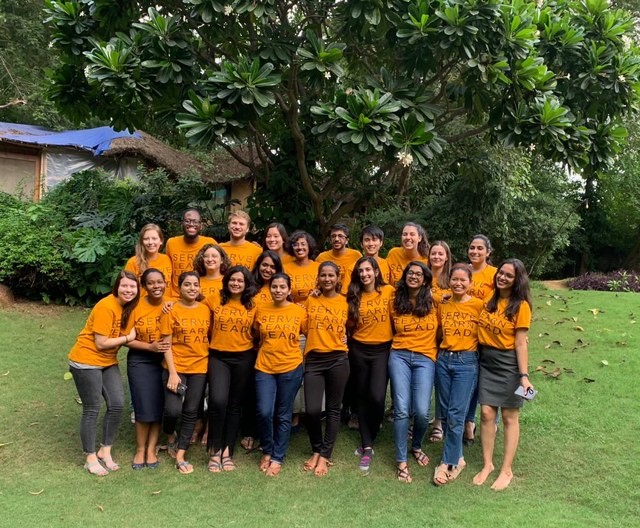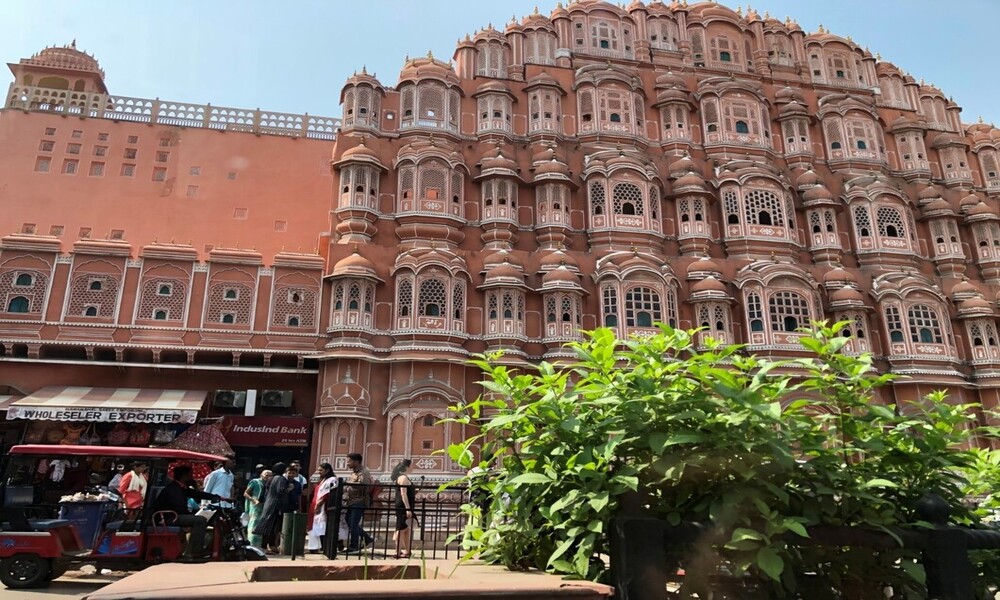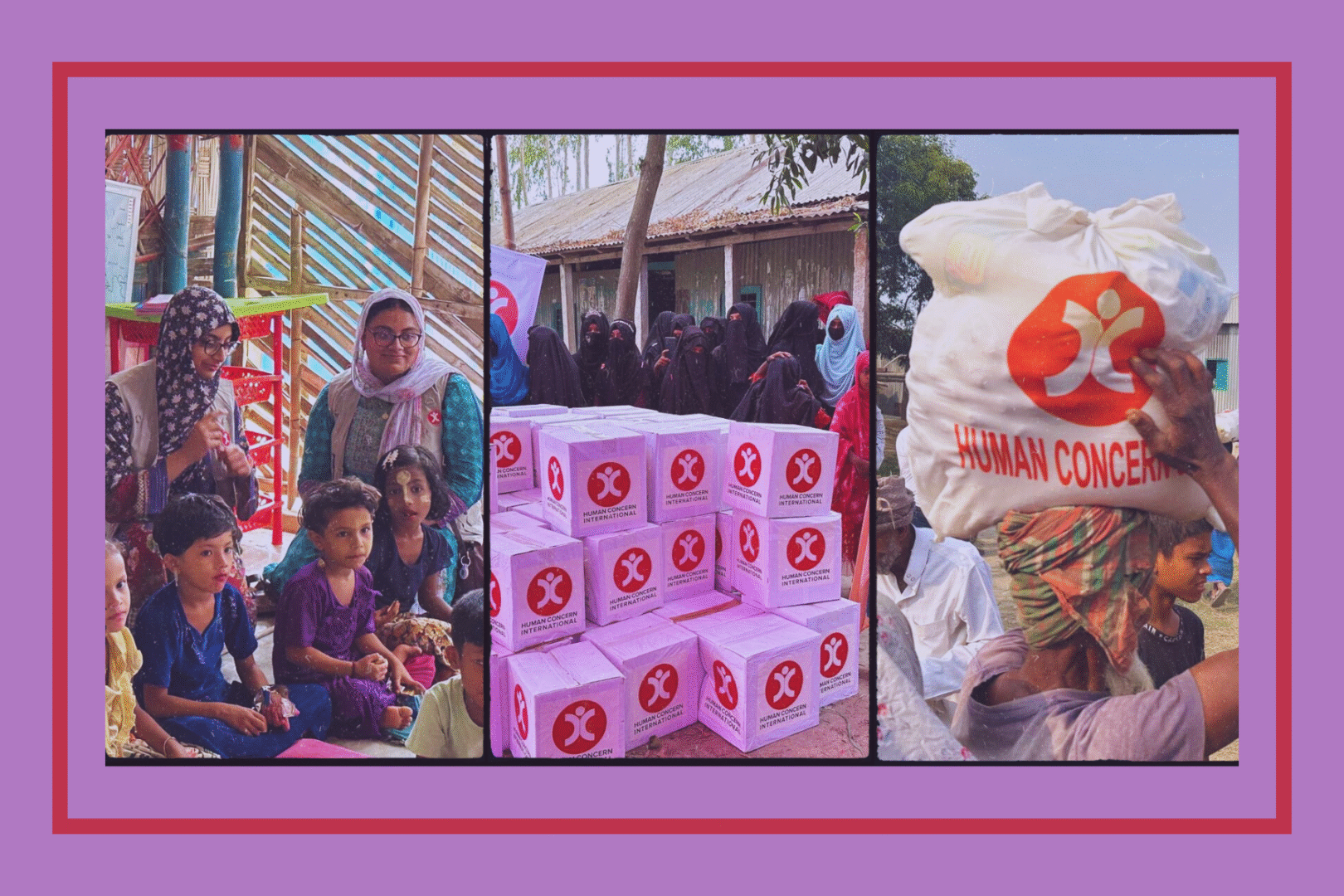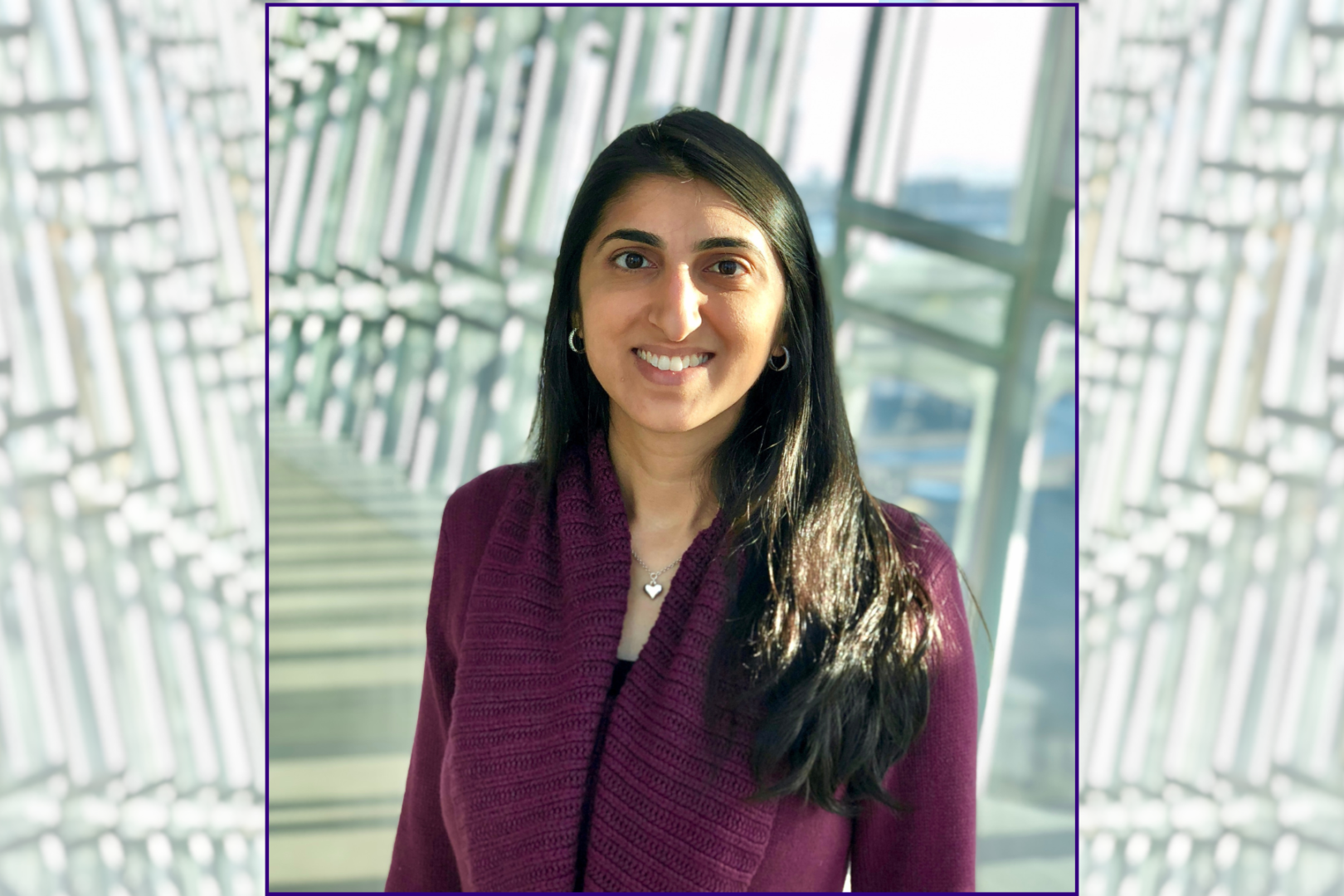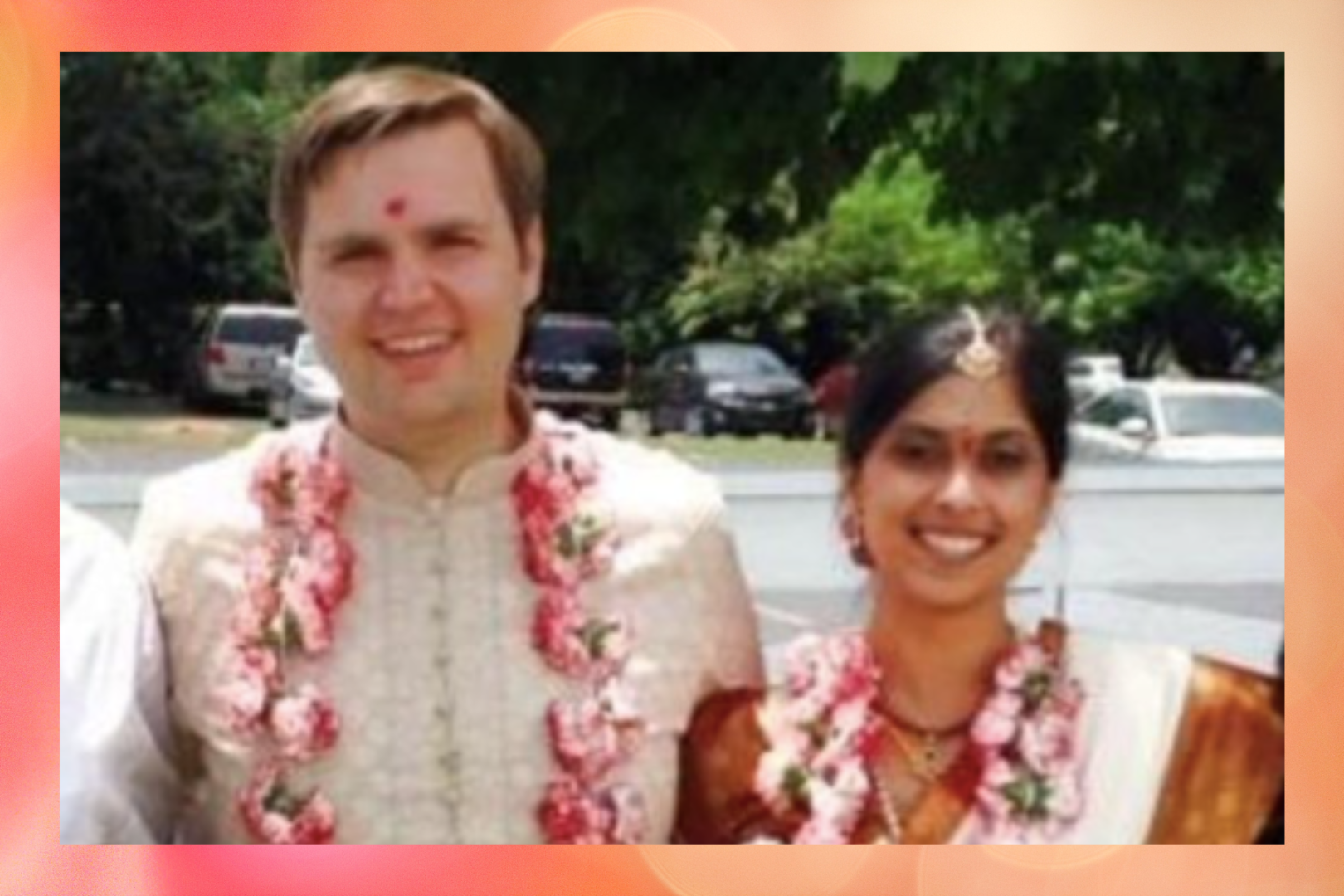For as long as I can remember, I have been caught between two identities.
As the daughter of Indian immigrants, I was born and raised in the U.S. When asked, “Where are you from?” I proudly respond, “Memphis, Tennessee.” But then, more often than not, I’m asked the follow up question: “Where are you actually from?”
Like many people with hyphenated identities, as an Indian-American, I often feel like I’m not Indian enough or American enough.
For me, this personal matter of belonging has had professional implications as well. For the past five years, I’ve worked in social impact design in the U.S., creating programs and products so that young people can live lives they can be proud of. But as I’ve immersed myself in communities across America, the question of belonging and responsibility has come up time and again. I believe, fundamentally, that each of us has a responsibility to make our world a better place. But how do I define “my world?” Am I responsible to the country I call home? Am I responsible to the country whose young people look like me? Am I responsible to both?
About a year ago, I decided that it was time to tackle this conflict head-on and get some answers. And so, I decided to do the only thing that made sense: Move to India. It wasn’t long before I realized that there were others like me. In what I like to call a ‘Reverse Indian Diaspora,’ I encountered Indian Americans who chose to leave the U.S. and return to the proverbial motherland, either temporarily or permanently, looking for some opportunity that they couldn’t find at home.
I was intrigued by them and their stories for a few reasons. Selfishly, I hoped understanding their experience would help me understand my own. On a broader level, these Reverse Diasporic Indian Americans represent an interesting wrinkle in the classic American dream—immigrants from around the world coming to the U.S. to give their children a better life, only to find their children leaving and going back to the place they came from.
And so I decided to interview some of these people—I spoke with eight ‘Reverse Diasporic’ Indian American millennials, most of who served as AIF Clinton Fellows before me. They’re from different parts of the United States, have spent time in different parts of India, and each had a unique journey. Six of them have spent 10 months, or longer, in India; two of them, like me, have been in India for just over a month. I wanted to know: What was their Indian-American experience like? Why did they choose to come to India? What were they looking for? And did they find it? Here’s what I learned.
Growing up Indian American
As one of the fastest growing immigrant communities, there are nearly 4 million Indians, or Indian Americans, currently living in the United States. For the majority of the people that I spoke with, growing up Indian American meant growing up connected to a diasporic community in their hometowns; some were heavily immersed in their communities, while others went to occasional events but largely existed on the periphery. In an effort to give their American-born or American-raised children a sense of their Indian identity, each one of them had some distinctly Indian experiences cultivated by their parents—from Bharatnatiyam classes, to Hindu Sunday School, to the food they ate and the language they spoke at home. Several of them reported visiting India for the summers through elementary and middle school (though the majority of these summers were often spent within their relative’s homes); others got to know India and Indian culture through film and TV.
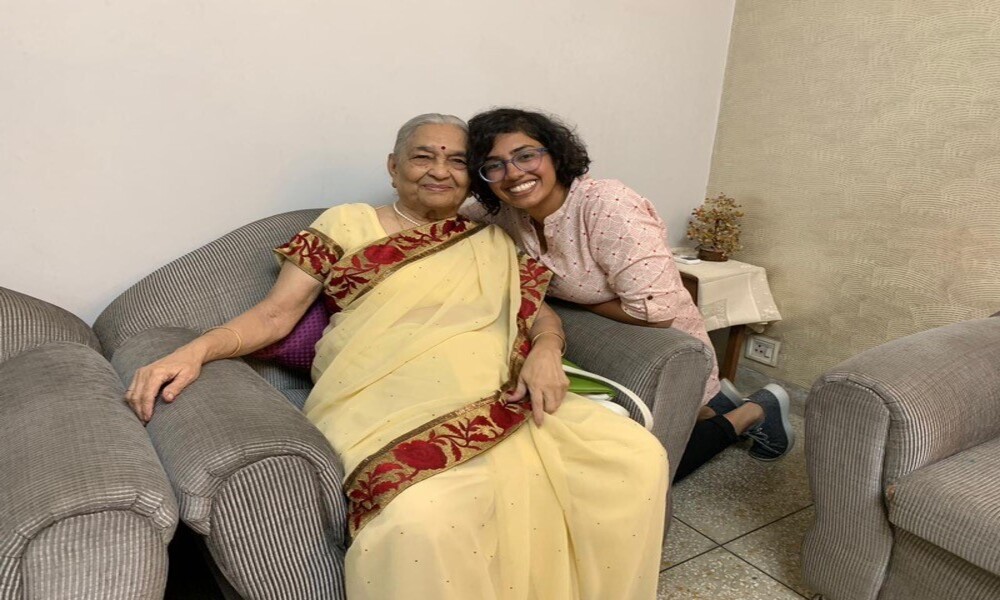
[Read related: Why Vulnerability was the Best Thing I Experienced in India]
The second theme was that no matter how connected (or not) they were to their Indian heritage, they felt that they grew up with a warped perception of India. There were two main reasons for this. The first I’ll call ‘Time Capsule India.’ As one interviewee put it, Indian American communities often have a “notion of India that is kind of frozen in time.” The Indian culture that they grew up with, another said, was the culture that their parents (or grandparents) left, often 20-30 years ago. One interviewee shared that many of the traditions and customs that they honored in their Indian American home were so outdated that their relatives in India no longer followed them. The second I’ll call ‘Romanticized India.’ One interviewee recalled growing up with a “heavy romanticization of India” that came from learning about culture primarily through Tamil films (another person cited Bollywood as her reason). For these people, India represented a place that had a special, almost magical quality to it where they could find a piece of who they are.
The Call to India
When I asked my interviewees about the moment they decided to relocate to India, I was hoping to hear stories of epiphany—an “aha!” moment that told them that the path to their own enlightenment of discovering their identity was going to India. But, as I quickly learned, this was not the case.
Rather, the call to India was not a one time bang but a gradual process. For all eight of my interview subjects, their Indian heritage played a noticeable role in their lives growing up—and for the most part, this was a result of the social and cultural environments created by their parents and supported by their diasporic communities. But for most of them, there was a second wave of interest and affinity with their Indian identities—some were in high school but for the majority, many were in college. One person shared that she had been resistant to her Indian American identity growing up but college was the first time she embraced and explored it. Whether through joining an Indian dance group, or taking Hindi or South Asian studies classes, college was an opportunity to, as one person said, “figure out what being Indian American really meant to me.”
Alongside growing personal interest, for others, the call to India was connected more to professional goals. For several individuals who wanted to work abroad or in the development sector, India “just made the most sense.” For some, there was a sense of familiarness to India, even if they had not spent much time there in adulthood. For others, it felt less comfortable—one interviewee said that in addition to his goal of working in social impact, he thought that working in India would be a chance to “get back what was missing…to experience a part of my identity that I wish I had gotten when I was younger.”
And when the chance arose to come to India—through the AIF Clinton Fellowship, either through a Fulbright or through a work opportunity—all eight answered the call and made the move around the world.
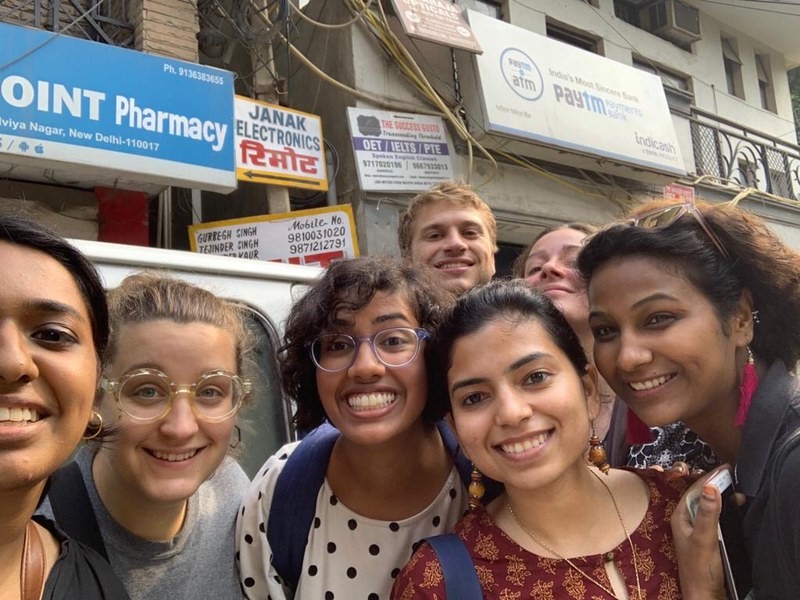
Identity After India
Finally, I got to the part of my conversation that I was most eager for. I now knew why they came to India but who did they become in and after India? Did they at least feel Indian and American enough?
As one interviewee put it, “India blew me away.” Nearly every person interviewed cited that the India that they saw was just simply a different place from the India they had imagined or constructed. There were many reasons for this. First, the diversity within India made it impossible to fully categorize anything as a singular Indian experience. One interviewee, who is of Punjabi origin, spent 10 months in Darjeeling and experienced an India that “wasn’t what I thought India would look like.”
Second, the modernity of India—the ways in which it had evolved since their family’s immigration to the United States—took many of my interviewees by surprise. As one person said, “I’ve been neglecting the growing, living, breathing country…holding onto this version that’s really frozen in time, not appreciating it for the diversity that lives within it.” The ‘Time Capsule’ version of India was shattered by the reality of India’s growth and development over the past decades.
So India was different than what they had expected. But what did that mean for them? What I learned from my interviewees was that spending time in India did not help them put their identities in a clear box tied up with a pretty bow. In fact, in every case, it challenged them—whether because of language, work culture, or digestive issues, which at times, made them feel all the more alienated and different. But ultimately, the move to India was an opportunity not to “figure out” one’s identity, but rather to find the agency to define it on their own terms—not based on the diasporic community they grew up in; not based on the version of India their parents remember; and not based on the Bollywood depictions of it.
By extension, many of them shared that they now felt empowered to define their Indian American identity on their own terms as well. One person said, “there is not only one way to be Indian American. I can define it for myself.” And with that power comes responsibility—as one person shared, as an Indian American she wants to do better to continue to understand and support the diverse and dynamic country that India is.
So after all this, do these people feel Indian or American enough? Am I going to after my AIF Fellowship is over? What I’ve learned is that this question is flawed from the start—there’s no such thing as being Indian or American enough. I am not sure what my relationship with India will look like over the next nine months and beyond, but my hunch is that it will be enough.
